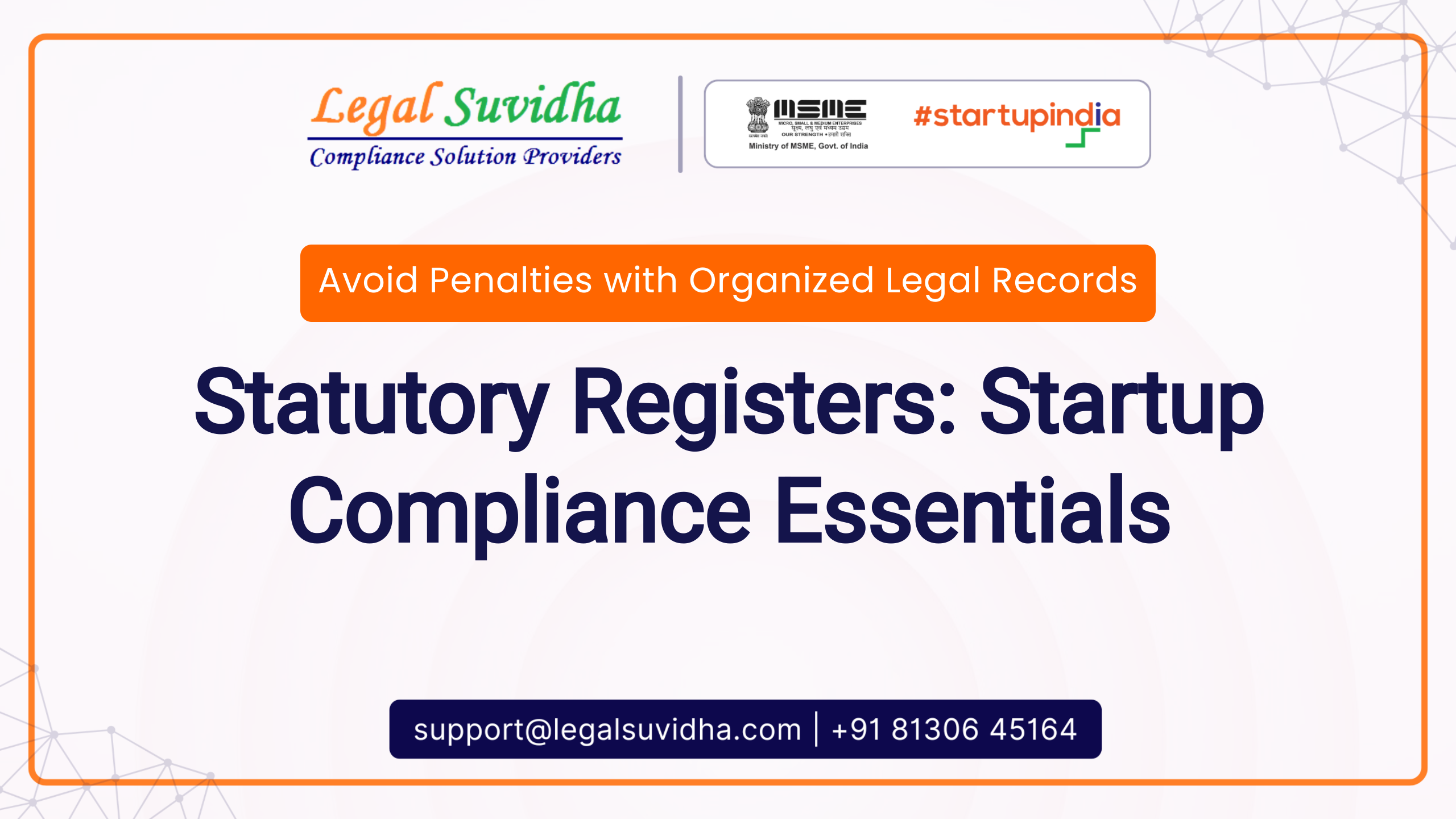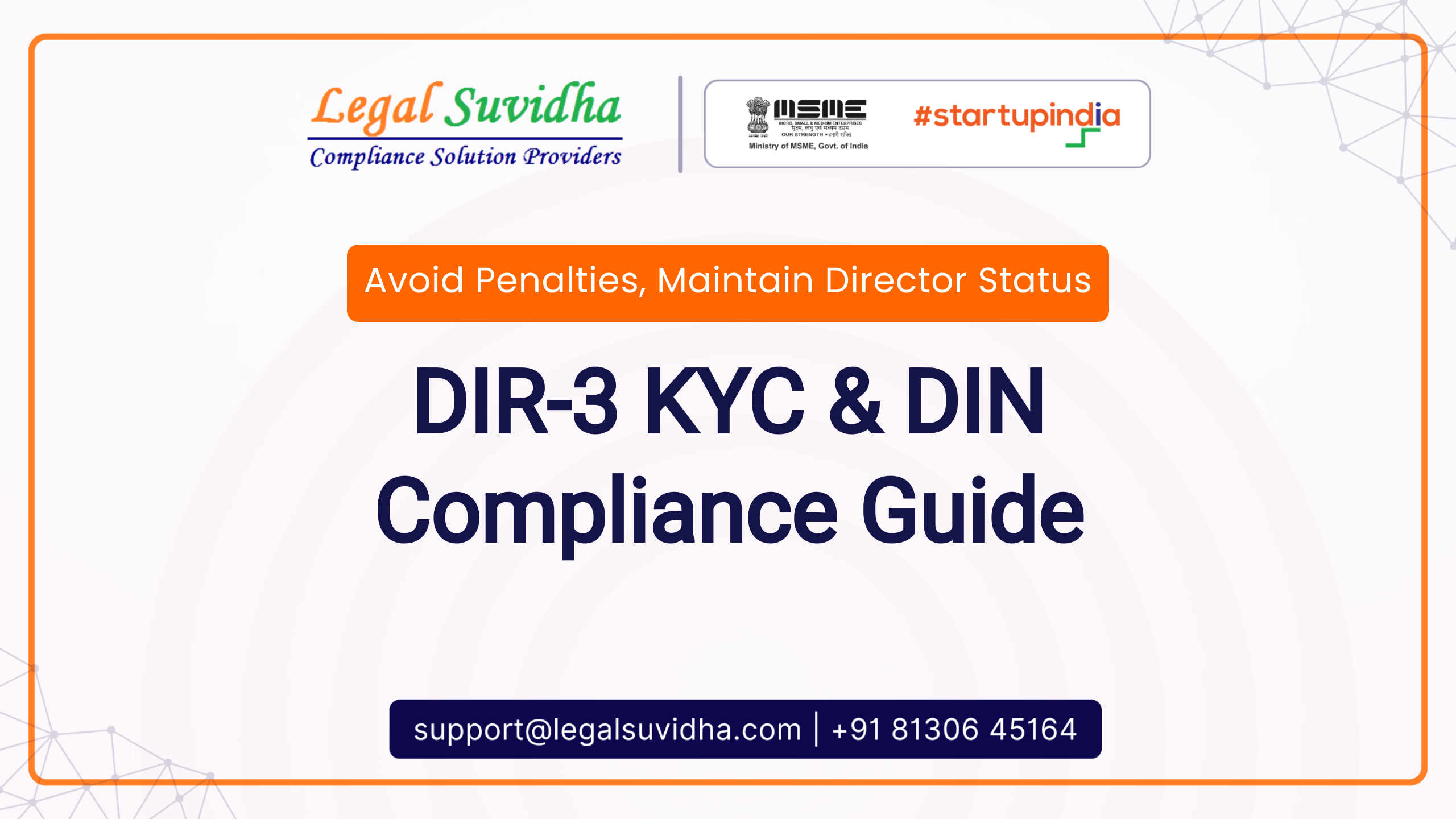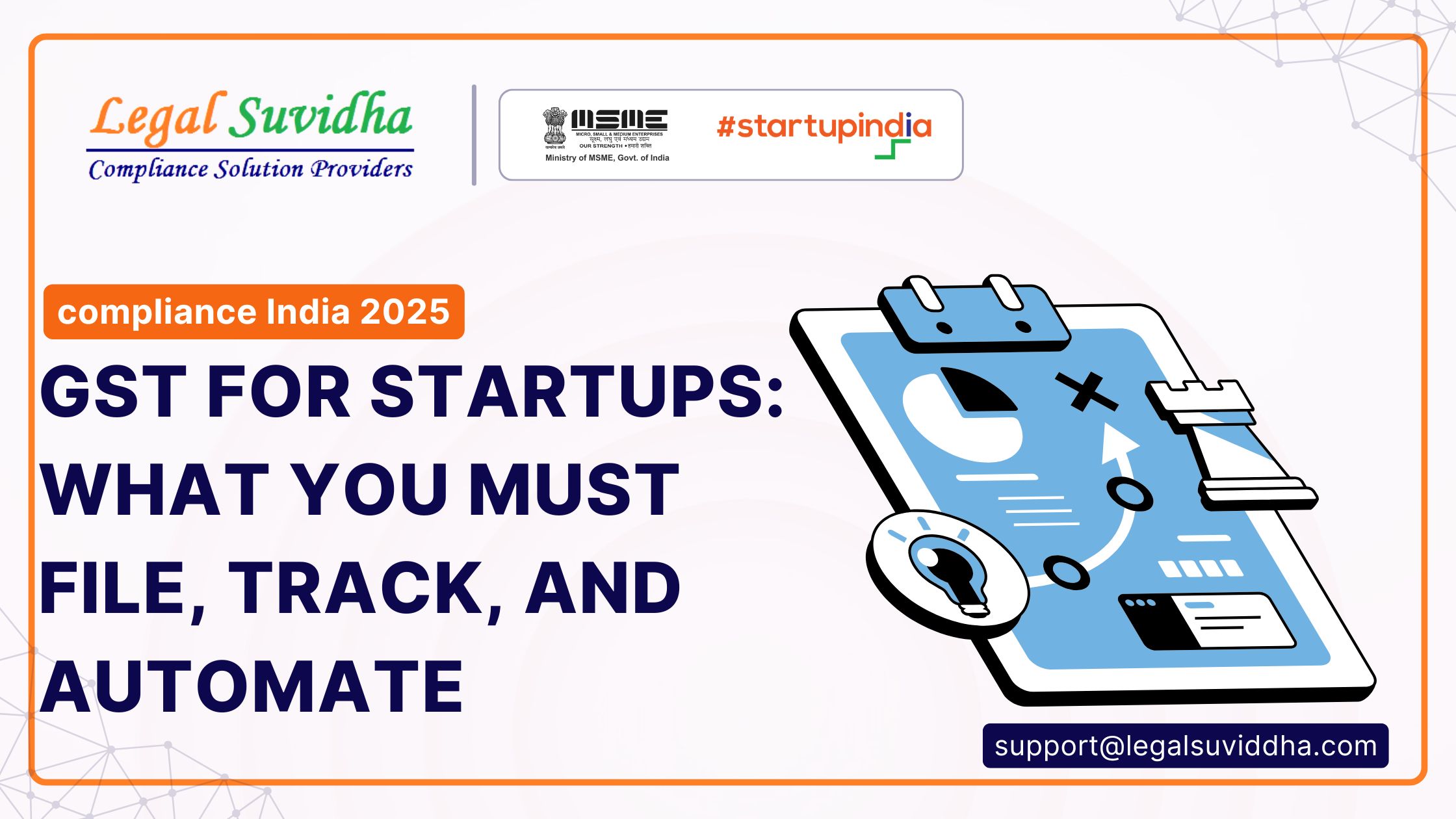In today’s digital era, data has become the lifeblood of businesses across various industries. It holds immense potential for unlocking valuable insights and driving strategic decision-making. With the introduction of Goods and Services Tax (GST) e-invoicing in India, the government has revolutionized the way businesses manage their invoices and ensure tax compliance. To harness the power of this data-rich environment, businesses need to understand and leverage the concepts of ad-hoc queries and drill-down analysis. In this blog post, we will delve into these concepts within the context of GST e-invoicing in India, and explore how they enable exploratory data analysis.
Understanding Ad-hoc Queries
Ad-hoc queries refer to on-demand, dynamic queries that are performed on a dataset without the need for predefined reports or structures. These queries provide businesses with the flexibility to extract specific information from the data based on their immediate requirements. In the context of GST e-invoicing, businesses can utilize ad-hoc queries to gain deeper insights into their invoicing data and analyze various aspects such as sales patterns, customer behavior, and compliance metrics.
Users can formulate queries in real time, select specific data fields, apply filters, and aggregate data to obtain meaningful results. This empowers businesses to explore their GST e-invoicing data in a granular manner, revealing valuable patterns and trends that can drive strategic decision-making.
Drilling Down for Detailed Analysis
The drill-down analysis complements ad-hoc queries by enabling users to navigate from summarized data to detailed information. It involves exploring data at multiple levels of granularity, starting with high-level overviews and progressively zooming in to examine specific subsets of data. This hierarchical exploration allows users to delve deeper into the underlying details, uncovering hidden insights and understanding the factors contributing to trends or anomalies.
In the context of GST e-invoicing, drill-down analysis can be immensely helpful for businesses. For instance, consider a company analyzing its sales performance. By starting with an overall view of sales revenue, the company can drill down into specific regions, product categories, or customer segments to identify areas of strength or weakness. This granular examination empowers businesses to identify opportunities for growth, optimize their operations, and enhance customer targeting strategies.
Exploratory Data Analysis with Ad-hoc Queries and Drill-Down Analysis
Ad-hoc queries and drill-down analysis play a crucial role in exploratory data analysis within the realm of GST e-invoicing. Exploratory data analysis involves examining data from multiple angles, seeking patterns, correlations, and outliers, without preconceived hypotheses. It is a data-driven approach that allows businesses to uncover valuable insights that were previously unknown or unexpected.
In the GST e-invoicing context, businesses can use ad-hoc queries to explore their data from different perspectives. They can ask questions like, “What are the top-selling products in a specific region?” or “How does the sales performance vary across different customer categories?” By applying filters, aggregating data, and performing calculations, businesses can gain a comprehensive understanding of their invoicing patterns and make data-backed decisions.
The drill-down analysis further enhances exploratory data analysis by enabling users to zoom in on interesting findings. It helps businesses uncover the underlying causes or drivers behind certain trends or anomalies. For instance, if a particular region shows a significant drop in sales, drill-down analysis can reveal whether it’s due to external factors such as economic conditions or competition, or internal issues like supply chain disruptions.
Tools and technologies for ad-hoc querying:
Ad-hoc querying refers to the ability to perform on-the-fly, interactive queries on data without the need for pre-defined queries or reports. This type of querying is valuable for exploring data and gaining insights quickly. There are several popular tools and technologies that facilitate ad-hoc querying of data, including SQL databases, NoSQL databases, and data exploration platforms. Let’s discuss each of these in more detail:
1. SQL Databases:
SQL (Structured Query Language) databases are widely used for ad-hoc querying due to their flexibility and powerful query capabilities. Some popular SQL databases include MySQL, PostgreSQL, Oracle, and Microsoft SQL Server. These databases provide a standardized language (SQL) to interact with data, allowing users to write ad-hoc queries to retrieve and analyze data efficiently. SQL databases excel in managing structured data and are suitable for scenarios where data has a predefined schema.
2. NoSQL Databases:
NoSQL (Not only SQL) databases are designed to handle unstructured and semi-structured data. They provide flexibility and scalability, making them suitable for ad-hoc querying in scenarios where data structures may vary or evolve over time. NoSQL databases come in different types, including document-oriented (MongoDB), key-value (Redis), columnar (Apache Cassandra), and graph databases (Neo4j). These databases often provide their own query languages or APIs that allow users to perform ad-hoc querying based on the specific database model.
3. Data Exploration Platforms:
Data exploration platforms, also known as business intelligence (BI) tools or data visualization tools, provide user-friendly interfaces for ad-hoc querying and data exploration. These platforms allow users to connect to various data sources, including SQL and NoSQL databases, and perform visual exploration of data through interactive dashboards, charts, and reports. Popular data exploration platforms include Tableau, Power BI, QlikView, and Looker. These tools typically abstract the complexities of querying languages and provide a more intuitive and visual way of interacting with data.
In addition to the above, there are other tools and technologies that can facilitate ad-hoc querying depending on specific requirements. For example, Apache Spark and Hadoop can be used for distributed processing and querying big data sets. Python libraries like Pandas, NumPy, and Jupyter Notebook offer interactive environments for ad-hoc querying and analysis. Apache Druid and Elasticsearch are popular for real-time analytics and ad-hoc querying on large volumes of data.
The choice of tool or technology for ad-hoc querying depends on factors such as the nature of data, data volume, required query performance, scalability, and the skills and preferences of the users. Organizations often use a combination of these tools and technologies to meet their ad-hoc querying needs efficiently.
Drill-down analysis for root cause identification:
Drill-down analysis is a powerful technique used by businesses to identify the root causes of issues or anomalies related to Goods and Services Tax (GST) and take appropriate corrective actions. GST is a complex tax system, and businesses often encounter various challenges or discrepancies that can impact their financial performance and compliance.
Here’s how drill-down analysis can aid in identifying the underlying factors contributing to GST-related issues:
1. Data Exploration: Drill-down analysis begins with exploring the available data related to GST, such as sales transactions, invoices, tax returns, and financial records. This data is typically stored in a structured format, enabling businesses to extract relevant information for analysis.
2. Identifying Patterns: By drilling down into the data, businesses can identify patterns or trends that may indicate the presence of GST-related issues. For example, they may observe inconsistencies in tax calculations, frequent errors in invoice generation, or discrepancies in input tax credits.
3. Segmentation and Filtering: Drill-down analysis allows businesses to segment the data based on different criteria, such as time periods, geographical regions, product categories, or customer segments. This segmentation helps identify specific areas where GST issues are more prevalent and need further investigation.
4. Root Cause Analysis: Once potential areas of concern are identified, drill-down analysis enables businesses to dive deeper into the data to uncover the root causes of these issues. They can trace the problem back to its source by examining relevant transactions, invoices, or financial records at a granular level.
5. Cross-referencing Data: Businesses can cross-reference GST-related data with other relevant information, such as procurement records, inventory data, or supplier contracts. This helps in identifying any inconsistencies or mismatches between different sets of data, which may contribute to GST issues.
6. Collaboration and Expertise: Drill-down analysis often involves collaboration between various stakeholders, such as tax professionals, accountants, finance teams, and IT specialists. By combining their expertise, businesses can gain valuable insights into GST-related issues and brainstorm potential solutions.
7. Documentation and Reporting: Throughout the drill-down analysis process, it is crucial to document findings, observations, and potential root causes. This documentation serves as a reference for corrective actions and can be shared with relevant teams and authorities.
8. Corrective Actions: Based on the insights gained from the drill-down analysis, businesses can take appropriate corrective actions. These actions may include updating internal processes, implementing new software or tools for GST compliance, providing training to employees, or engaging with tax consultants to resolve specific issues.
9. Continuous Monitoring: Drill-down analysis is not a one-time activity but rather a continuous process. Businesses should establish monitoring mechanisms to track the effectiveness of the corrective actions implemented and ensure that the identified GST issues do not recur.
By leveraging drill-down analysis, businesses can proactively identify and address GST-related issues, leading to improved compliance, reduced financial risks, and enhanced operational efficiency. It enables organizations to understand the underlying factors causing anomalies, make informed decisions, and establish robust GST management practices.
If You have any queries then connect with us at [email protected] or [email protected] & contact us & stay updated with our latest blogs & articles








